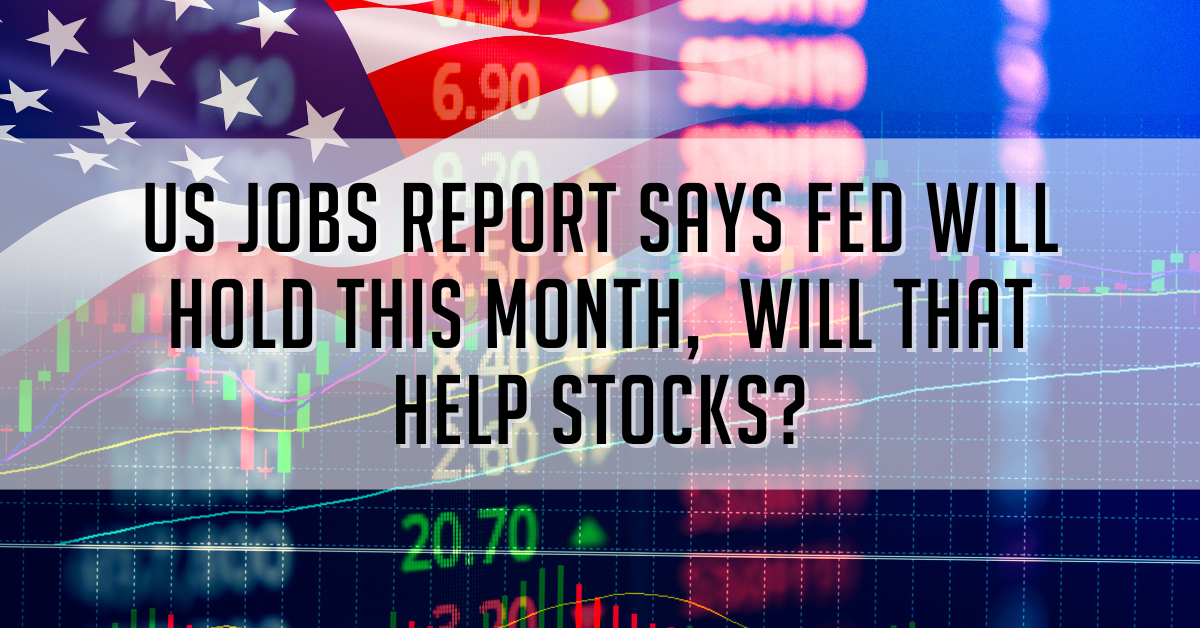Data last week showed that hiring cooled over the summer and that economic growth and price pressures remained modest, supporting the case for the Fed leaving interest rates unchanged from their 22-year highs at its September meeting. Officials will get a final reading on inflation the week before the meeting.
Hiring slowed this summer, and unemployment rose in August, signs the labour market is cooling in the face of high-interest rates. The readings from Friday’s jobs report keep the Fed on track to hold rates steady at its meeting this month but won’t resolve a debate over whether to raise rates again in November or December. Other data show the broader economy remains strong, with consumer spending surging this summer and inflation easing.
U.S. employers added 187,000 jobs last month, while payrolls in June and July were revised down a combined 110,000, the Labor Department said. Over those three months, about 150,000 jobs were added monthly, down from an average gain of 238,000 in March through May. The unemployment rate was 3.8% in August, up from 3.5% in July—reflecting more Americans seeking work.
Still, the job market remains tight enough that most employers are holding on to workers rather than laying them off and paying them more. Workers’ average hourly earnings rose 4.3% in August from a year earlier, down from 4.4% in July, but well above the pre-pandemic pace. An increase in hours caused weekly earnings to rise the most since February.
Traders are less sure about the Fed’s moves in November or December. Fed Chairman Powell has said the central bank would consider raising rates later in the year if the economy doesn’t slow enough to keep inflation from falling. Higher rates usually hurt risky investments such as stocks by giving investors safer alternatives, although this year has proven to be an exception.
No matter whether the Fed will rate or hold rates, stocks are overvalued, and we expect the market to fall from its current level by the end of the year. Companies in the S&P 500 index are trading at about 19 times their projected earnings over the next 12 months. That is up from a multiple of roughly 16.8 at the start of the year and above the 10-year average of 17.7.
In the coming holiday-shortened trading week, investors on Wednesday will get a fresh look at the trade deficit and U.S. service-sector activity for August. They will parse speeches from regional Fed presidents on Thursday.
On the other hand, some investors are uncertain whether the mania around artificial intelligence that drove this year’s rally can continue. Nvidia shares have more than tripled this year, but the company’s blowout earnings last month failed to ignite another surge in AI shares. The tech-focused Nasdaq Composite fell 2.1% in August, its worst month since late last year.
Fullerton Markets Research Team
Your Committed Trading Partner


 US Jobs Report Says Fed Will Hold This Month, Will That Help Stocks?">
US Jobs Report Says Fed Will Hold This Month, Will That Help Stocks?">








